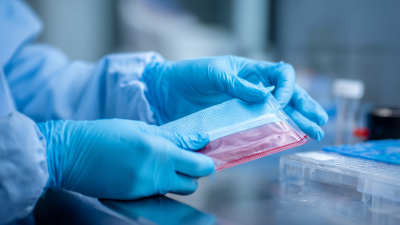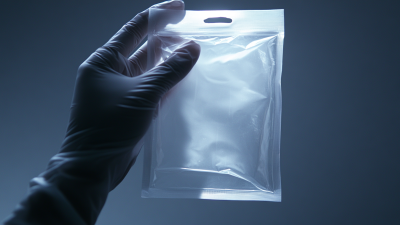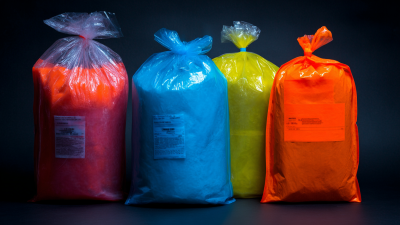 +86 178 5514 5298
+86 178 5514 5298
Leave Your Message
-
 CONTACT NUMBER
CONTACT NUMBER -
 CONTACT NUMBER
CONTACT NUMBER -
 CONTACT NUMBER
CONTACT NUMBER



In the realm of laboratory testing, the importance of maintaining high-quality samples cannot be overstated. Among the various tools that have been developed to enhance sample integrity, the Clinical Specimen Pad stands out as a significant innovation. These pads are designed to optimize the collection, transport, and storage of clinical specimens, thus ensuring that the results obtained from laboratory analyses are both accurate and reliable. As laboratories face increasing pressure to improve efficiency while maintaining stringent quality standards, employing the right clinical specimen pads is crucial.
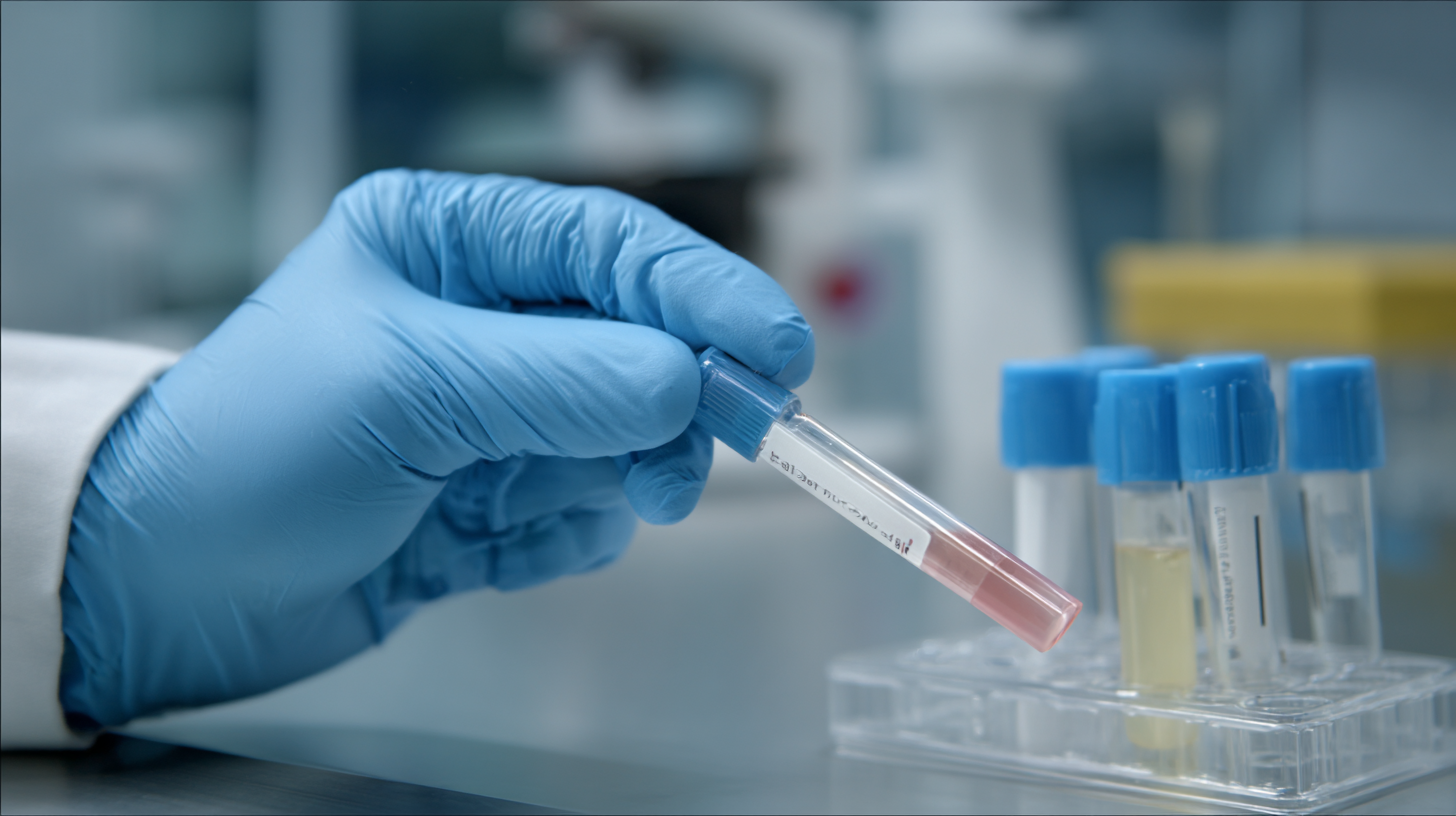
This blog will delve into the seven best clinical specimen pads on the market today, examining their features, benefits, and how they contribute to elevating sample quality and enhancing lab productivity. Join us as we explore the evolution of clinical specimen handling and its profound impact on laboratory operations.
Clinical specimen pads play a pivotal role in maximizing sample integrity, particularly in high-throughput laboratory settings. Their design features are critical in safeguarding the quality of specimens before they are subjected to analysis. For instance, innovative materials that resist contamination, combined with humidity control capabilities, significantly enhance the stability of biological samples. These features are essential when dealing with varied sample conditions, especially in cases like COVID-19 testing, where heat inactivation processes are implemented to ensure safety and efficiency in the laboratory.
Moreover, addressing the issue of poor-quality samples is crucial for maintaining the reproducibility of clinical datasets. Specimen pads equipped with advanced filtration systems help in eliminating inhibitors that could skew results. By ensuring that samples remain uncontaminated and free from degradation, these pads contribute to the reliability of differential gene expression studies. With the ongoing advancements in specimen collection technology, such as at-home collection systems designed to preserve nucleic acids, the importance of clinical specimen pads in enhancing sample quality has never been more apparent. These innovations not only streamline processes but also elevate the standards for sample integrity in laboratories worldwide.
In modern laboratories, the efficiency of workflow is paramount to delivering reliable results in a timely manner. Clinical specimen pads have emerged as a crucial element in enhancing sample quality and improving overall lab efficiency. According to a report by the Clinical Laboratory Improvement Amendments (CLIA), optimizing specimen handling can reduce the rate of pre-analytical errors by up to 50%. This improvement not only streamlines the processing of samples but also significantly reduces costs associated with repeat testing and the handling of subpar specimens.
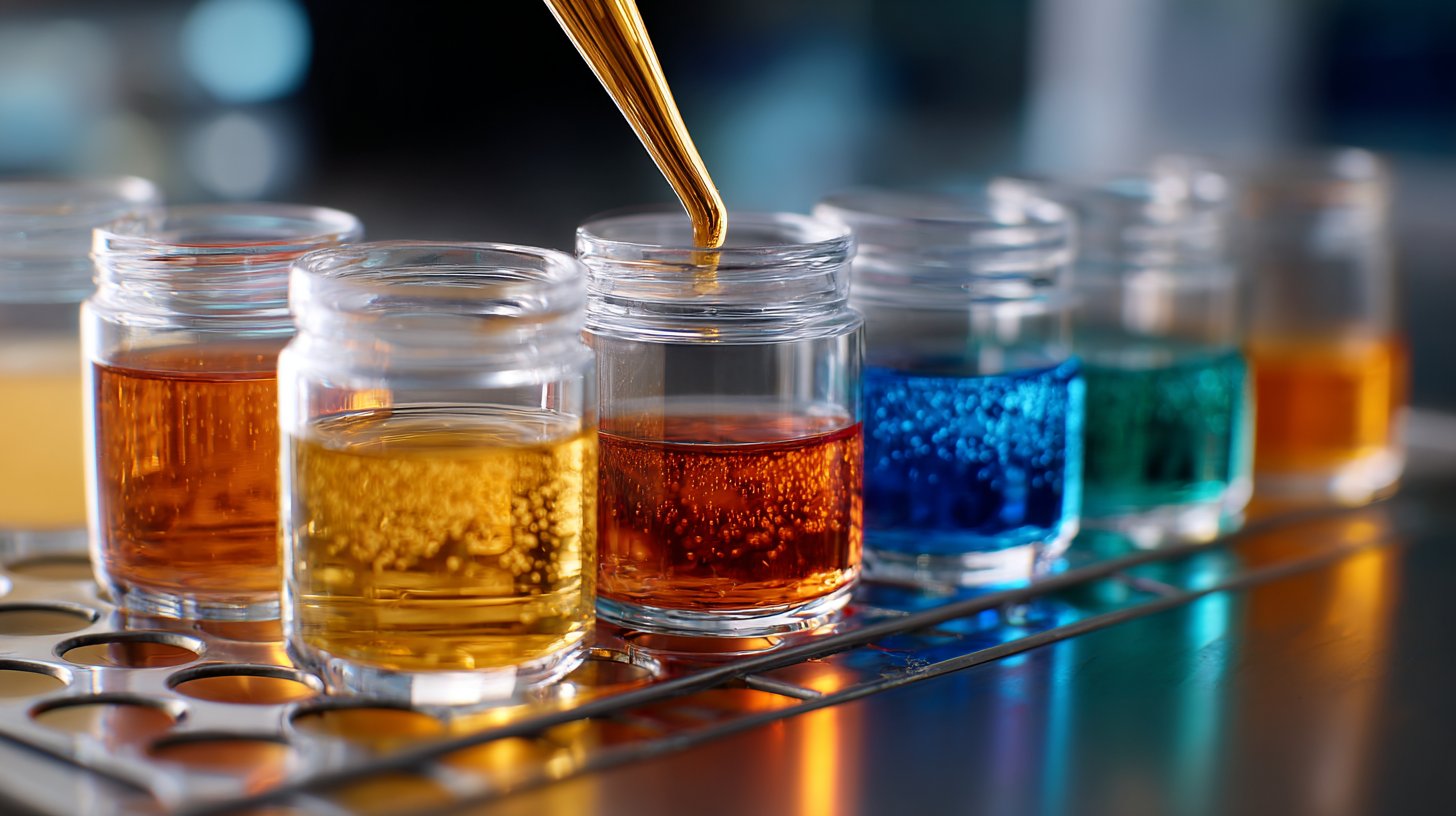
Moreover, clinical specimen pads are designed to absorb excess moisture and provide a stable environment for various types of samples, which is essential in maintaining integrity during transportation and storage. A study published in the Journal of Clinical Pathology demonstrated that the use of high-quality specimen pads led to a 30% increase in sample viability for microbiological testing. By minimizing contamination and degradation, labs can ensure accurate analyses and expedite reporting, thereby enhancing their overall workflow and productivity. As the demand for efficient lab operations rises, investing in innovative clinical specimen pads will be vital for laboratories aiming to meet both regulatory standards and patient needs effectively.
In the realm of clinical diagnostics, the choice of specimen pads plays a pivotal role in both sample quality and laboratory efficiency. A comparative analysis of the top clinical specimen pads reveals significant variations in material composition, absorbency rates, and overall performance. According to a recent report by the Clinical Lab Standards Institute (CLSI), using high-quality specimen pads can decrease contamination rates by up to 30%, leading to more accurate test results and reduced need for repeat testing.
When selecting a specimen pad, consider pads that incorporate advanced fluid management technologies. For instance, some pads feature superabsorbent polymers that enhance fluid retention and minimize leakage, which is crucial for precise sample collection. Additionally, the utilization of pads designed with specific chemical interactions can prevent degradation of samples, thereby preserving analytical integrity during transportation and storage.
Tip 1: Always assess the compatibility of the specimen pad with the type of sample being collected to ensure optimal performance.
Tip 2: Pay attention to the pad's absorbency specifications; a higher absorbency rate can mitigate the risk of sample loss during collection.
Tip 3: Evaluate supplier certifications and product reviews to choose pads that are trusted within the industry, as this can directly impact the laboratory's efficiency and reliability.
| Specimen Pad Type | Material | Absorption Capacity (ml) | Dimensions (cm) | Ease of Use | Cost ($) |
|---|---|---|---|---|---|
| Standard Sterile Pad | Absorbent Polymer | 50 | 10 x 10 | Very Easy | 15 |
| Ultra-Absorbent Pad | Super Absorbent Gel | 100 | 15 x 20 | Easy | 25 |
| Disposable Bio-pad | Non-Woven Fabric | 30 | 10 x 15 | Moderate | 10 |
| Heavy-Duty Pad | Cotton Blended | 80 | 20 x 20 | Very Easy | 20 |
| Rapid Test Pad | High-density Polymer | 45 | 15 x 10 | Very Easy | 12 |
| Custom Fit Pad | Flexible Material | 60 | Variable | Easy | 30 |
| Eco-Friendly Pad | Biodegradable Material | 40 | 12 x 12 | Moderate | 18 |
In the world of clinical testing, the quality of specimen pads is crucial for ensuring accurate results and improving lab efficiency. User testimonials showcase the tangible benefits experienced by healthcare professionals who have integrated high-quality specimen pads into their workflows. Many report a significant decrease in sample contamination, leading to more reliable test outcomes. Lab technicians express satisfaction in how these pads facilitate easier sample handling, ultimately resulting in faster processing times.
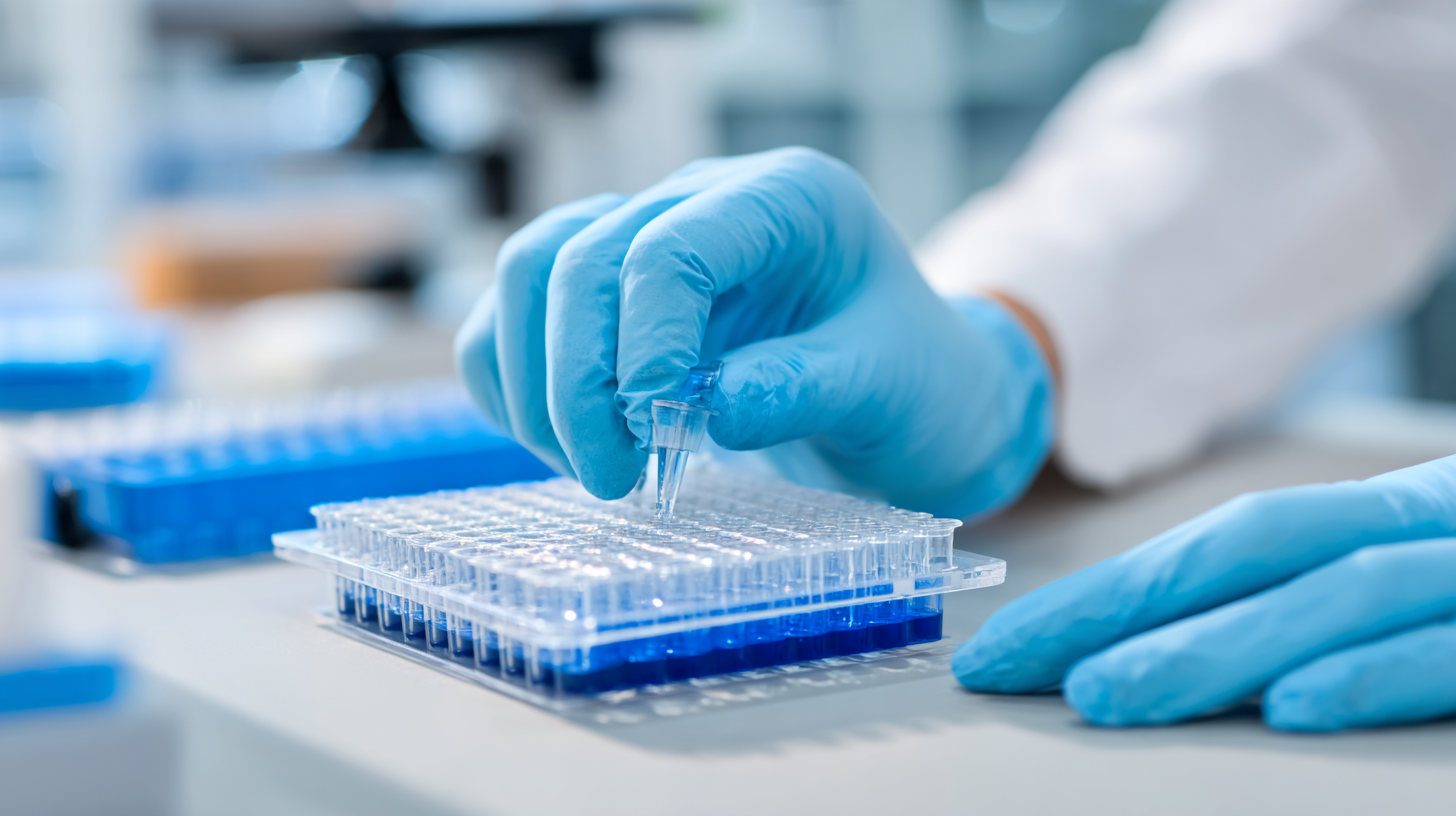
One effective tip is to choose specimen pads that are designed for specific types of samples. For instance, certain pads work better with liquid specimens, while others are optimized for solid samples. This tailored approach not only enhances the quality of the samples but also improves the ease of collection, which is crucial in busy lab environments. Another helpful hint is to regularly gather feedback from staff about the performance of the pads being used, as this can help identify any areas for improvement and ensure that the pads meet the ongoing needs of the lab.
Many users also highlight the importance of training staff on proper usage techniques for specimen pads. By ensuring everyone understands how to correctly utilize these pads, labs can further minimize errors and maintain high-quality standards. Implementing routine training sessions can foster a culture of continuous improvement, encouraging teams to share their insights for even better outcomes.
When it comes to collecting clinical specimens, the quality of the pads used can significantly impact both the accuracy of results and overall lab efficiency. Proper utilization of high-quality clinical specimen pads not only enhances sample integrity but also streamlines workflow in laboratories. A study published in the *Journal of Clinical Laboratory Analysis* found that using superior absorbent pads reduced contamination rates by 30%, highlighting the importance of material selection in specimen collection.
To achieve optimal results, labs should prioritize the following practices: first, ensure that the pads are appropriately sized and shaped for the specific type of specimen being collected. According to the *Clinical Laboratory Improvement Amendments (CLIA)*, mismatch between specimen type and collection pad can lead to compromised results. Second, staff training is essential; educating technicians on proper handling and placement of specimen pads can reduce error rates by up to 25%. By adhering to these techniques, laboratories not only improve the quality of their specimens but also enhance operational efficiency, resulting in quicker turnaround times and better patient outcomes.
